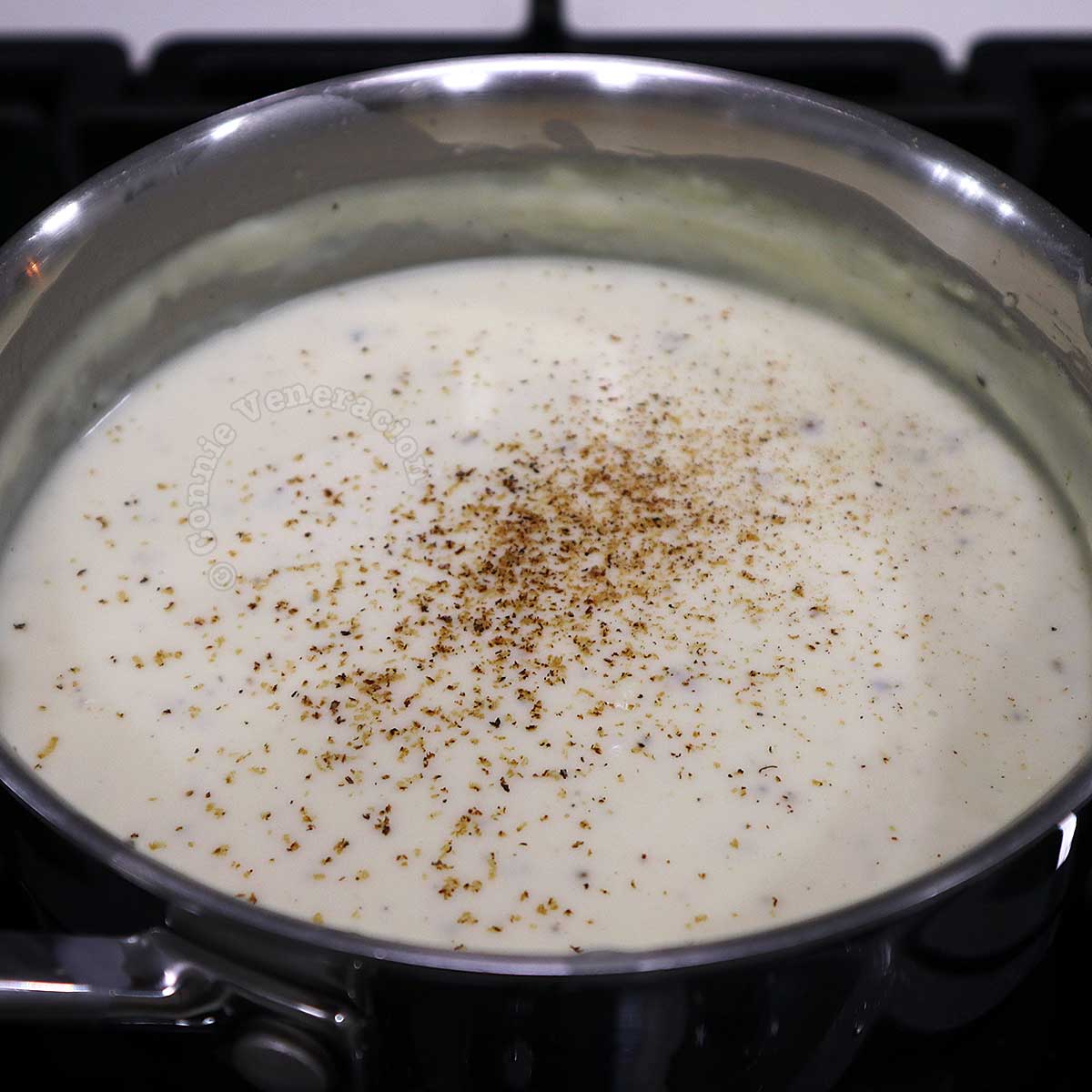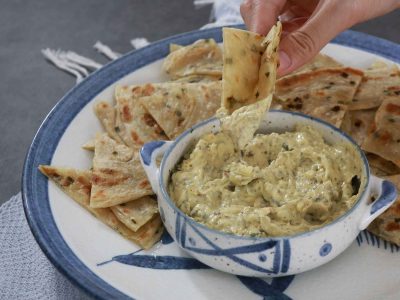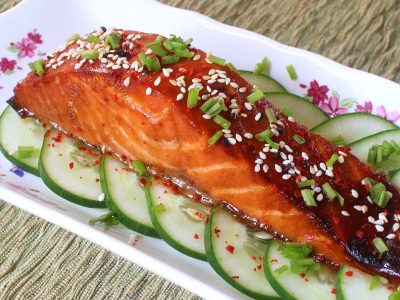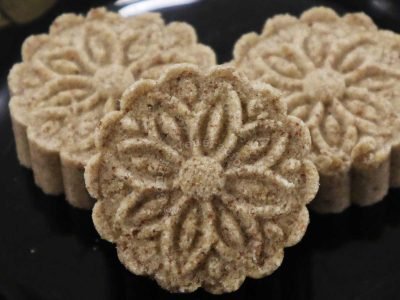It was the first French anything I ever cooked. I poured Béchamel sauce over pasta and vegetables before baking and my daughters, then little girls, loved the creamy topping that tasted eerily like cheese.
Béchamel sauce, or white sauce, is one of the five mother sauces in French cuisine. But is it French in origin at all? Let’s remove from the equation the fact that it was named after a Frenchman. You know how politics are. You can get streets and even landmarks named after you IF you know the right people.
Earliest documentation of Béchamel Sauce
Béchamel sauce was first documented in Le Cuisinier françois, a cookbook written by François Pierre de la Varenne and published in 1651. La Varenne was cook to Nicolas Chalon du Blé, marquis d’Uxelles.
Why did La Varenne call the sauce Béchamel? There are two theories.
- Marquise Louis de Béchamel, a wealthy man who held an honorary position in the court of King Louis XIV allegedly improved the white sauce that La Varenne used to make when he was cooking for marquis d’Uxelles. There is no evidence, however, to support the claim that Béchamel ever had any culinary training, so he couldn’t have improved on La Varenne’s sauce.
- La Varenne himself invented the sauce and dedicated it to Béchamel as a compliment. You know, politics. An employee of royalty flattering a favorite of the royalty.
Almost 200 hundred years later, Marie-Antoine Carême, a French chef and author of the encyclopedicL’Art de la Cuisine Française declared Béchamel sauce as one of the cornerstones of French cuisine.
Italian white sauce predates Le Cuisinier françois
If we go by the theory that La Veranne, a promoter of haute cuisine, invented Béchamel sauce but named it after another man in his book to stay in the good graces of the French royalty, then, we can conclude that Béchamel sauce is indeed French in origin.
But. BUT. White sauce has been in use in Italy, specifically in Tuscany, at least half a century before La Varenne and Béchamel. In Renaissance Italy, it was known as salsa colla or colletta. How the sauce traveled from Italy to France is an interesting story.
Did Catherine de’ Medici bring the Italian white sauce to France?
Catherine de’ Medici was a rich noblewoman from a politically influentual Florentine family. At the age of 14, she married Henry, Duke of Orléans, the second son of King Francis I of France. Francis, Henry’s older brother and heir to the throne, died. Henry became king and Catherine was crowned queen.
Catherine de’ Medici, rich as her family was, had a large dowry and part of the retinue she brought to France were Italian chefs. So, there’s a theory that the Italian chefs introduced white sauce to the kitchens of the royal palace and, from there, a suck-up court favorite got it named after him. And Béchamel sauce became a French thing.
But no one really knows the whole story. I like this assessment better.
All things considered, it seems most likely that the original Béchamel was created by a nameless chef in northern Italy, modernized by La Varenne, and lifted to fame by Carème.
Source
Want to make Béchamel sauce at home? See the recipe.







